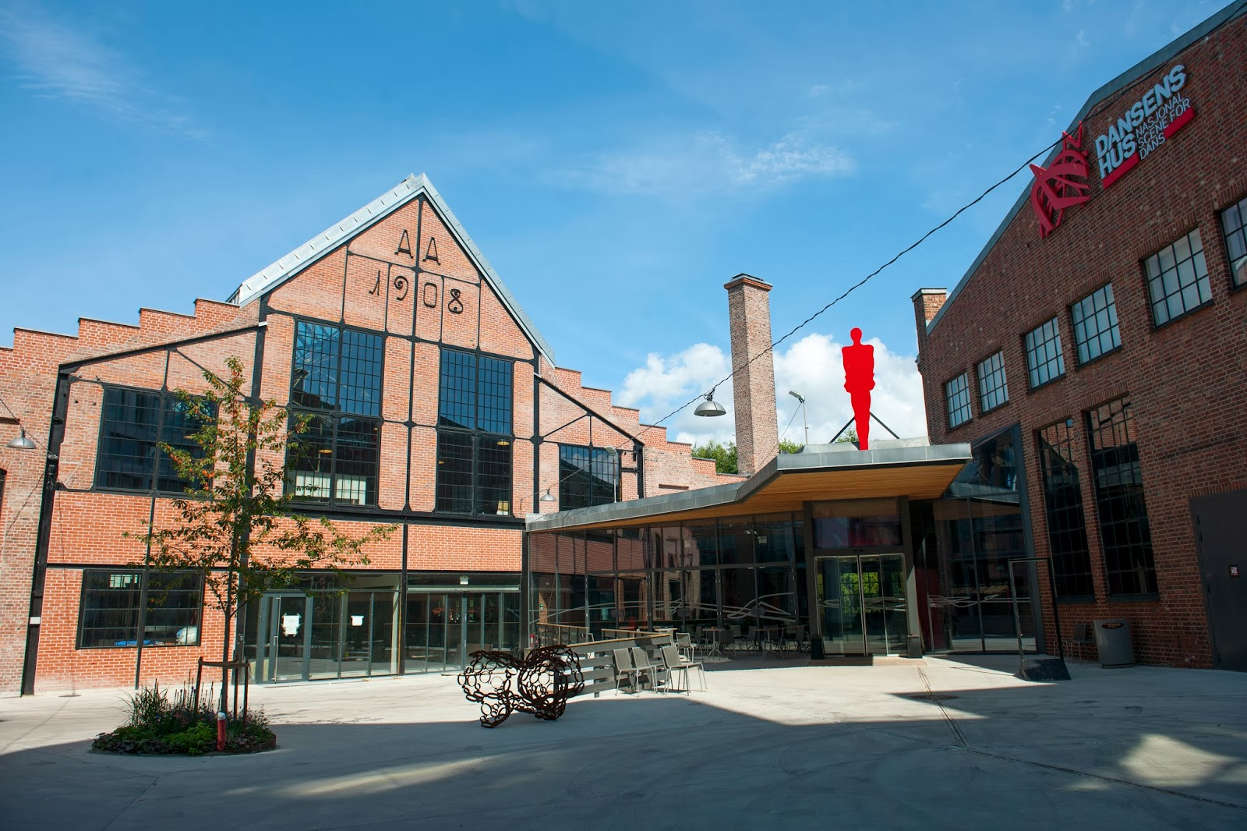Web Rebels
WEB REBEL CREW
The volunteers working to bring you the 6th Web Rebels Conference are:
- Agneta Nilsson (@agneta_nilsson)
- Alexandra Leisse (@troubalex)
- Anders Olsen Sandvik (@Andersos)
- Bodil Stokke (@bodil)
- Espen Dalløkken (@leftieFriele)
- Jon Koslung (@nle)
- Max Brosnahan (@gingermusketeer)
- Richard Walker (@digitalsadhu)
- Trygve Lie (@trygve-lie)
- Sveinung Røsaker (@sveisvei)
- Gregers Gram Rygg (@gregersrygg)
OUR POLICIES
If you wonder what our policies are on topics such as sponsors, speaker selection or ticket refund please consult our policies for details.
SPONSORS
Our sponsorship options states
what each sponsoring package contains. Even though we work with
sponsors on things outside of that standard packages, the following
sponsor policy apply:
- We do not sell speaker slots
- We do not accept sales pitches masked as presentations
- We do not differentiate between speakers from partners and independent speakers
TICKET REFUND POLICY
We have a refund policy for tickets which is
described on our wiki.
If you have any questions about this, please do not hesitate to contact us.
SPEAKERS
For invited speakers we cover:
- All travel to and from the conference hotel / venue
- Stay at the conference hotel during the conference
- Admission to the conference and all conference related activities
- Speakers dinner and all meals during the conference
- All beverages on the pre conference party and conference party
- A public transport card giving full access to all public transport in Oslo
Upon invitation to speak at Web Rebels, each speaker is informed
about the above. Though, each speaker are also informed that if the
speakers employee would consider covering, in full or partly, the
speakers travel cost we are more than happy to work out a
sponsorship deal and what is saved upon such a deal are put back
into making the conference better.
PREVIOUS WEB REBEL CONFS
Below are links to previous conference websites. If you're looking for the videos they're all
in our
YouTube channel.
- 2016 edition
- 2015 edition
- 2014 edition
- 2013 edition
- 2012 edition





















